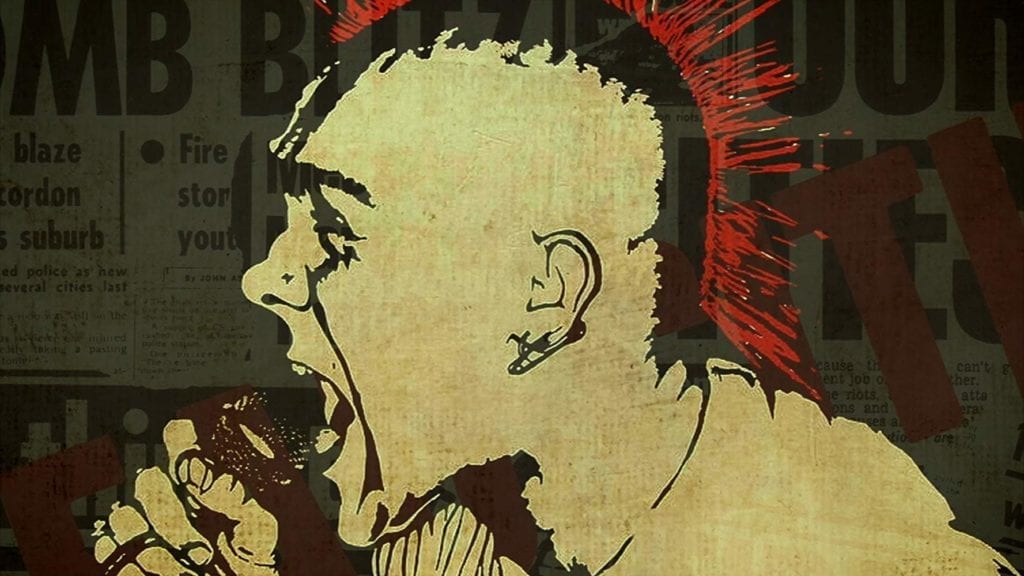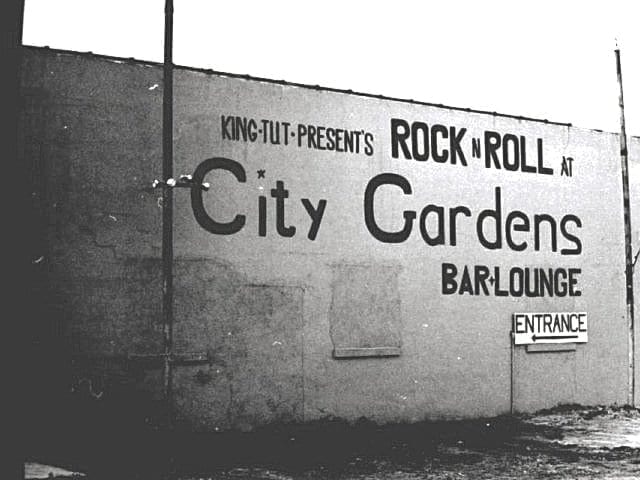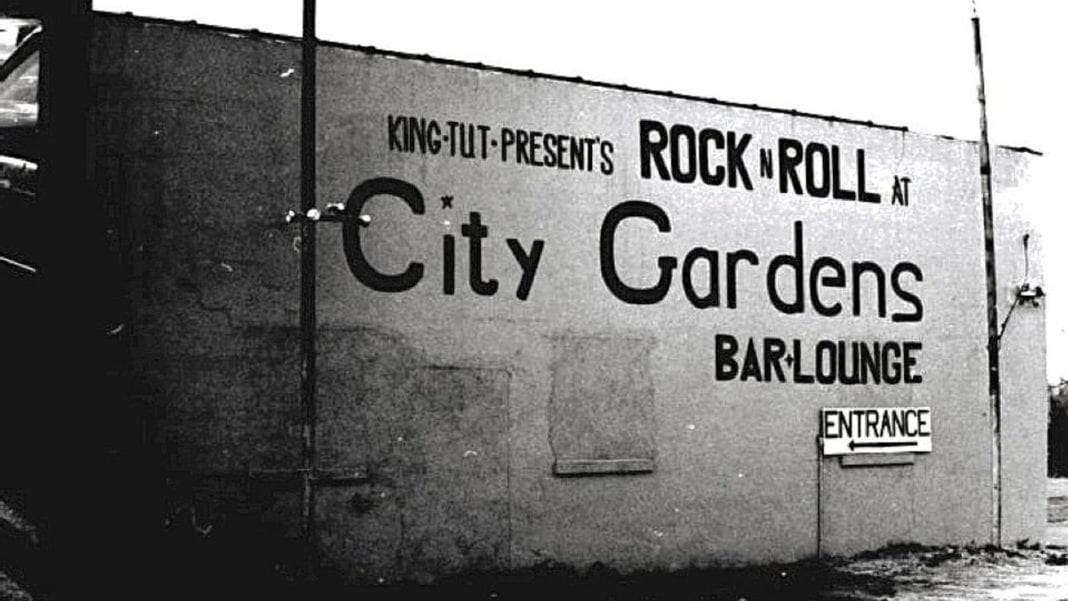Trenton’s iconic tagline, “Trenton Makes, the World Takes,” says it all about the City’s key role in industrial America – the mighty steel mills (think of “wire rope”), millions of miles of rubber (tires), incredible ceramic works (both popular products and one-of-a-kind artistic creations). But there’s a more recent “hot” item that Trenton has helped give the world: punk rock.
While not a single-handed feat, Trenton greatly popularized this genre of avant-garde music, emerging in the 1980s. And it was the night club City Gardens that stood as its somewhat infamous home right here in New Jersey’s Capital City.

“punk” artwork from the 1980s
Housed at 1701 Calhoun Street from 1970-1991, City Gardens attracted some top punk and alternative rock bands prior to them becoming major national brands and was recognized as the region’s leading venue for this robust sound during its gritty heyday. The man given credit for organizing the venue and booking the shows was Randy “Now” Ellis, then a resident of Burlington, NJ. Beloved by the patrons and performers alike, Randy was the clever promoter who signed up more than 2,000 bands at City Gardens in his relatively brief career.
Years later, the humble night club even earned a movie: Riot on the Dance Floor: The Story of Randy Now and City Gardens. It’s a documentary from director Steve Tozzi, that features the stark and iconic photography of Thrasher Magazine’s Ken Salerno. The film uses an oral history format of compelling interviews and archival footage, bringing back to life a down-and-dirty niche of American rock music.
Riot on the Dance Floor made its New Jersey debut during the Lighthouse International Film Festival on Long Beach Island on June 6, 2014 at the Surflight Theatre. The author of an accompanying book, Steven DiLodovico, of DiWulf Publishing House (Philadelphia), writes “The film explores not only the history of City Gardens, but its significance, and why it became such a lightning rod.”
It’s a story told by punk luminaries Henry Rollins, Milo Aukerman, Dean Ween, Jello Biafra, Ian MacKaye, Johnny Pompadour, and even Jon Stewart, who served as a bartender there.

1701 Calhoun Street | 1970-1991
“The walls of the place were a mess of scribbled graffiti. Inside, the club was barely maintained—dirty black walls, peeling stickers and missing ceiling tiles. Stories of violence, arson, fringe music, and brutal hardcore shows hung over the place. But it was also a place where countless bands from the area cut their teeth as opening acts, from Vision to 24-7 Spyz and Ween.
“Riot on the Dance Floor is a journey of musical champions and underdogs and above all, the freedom and liberation of having complete creative control.” For more information, pull up Google and search Riot on the Dance Floor.





